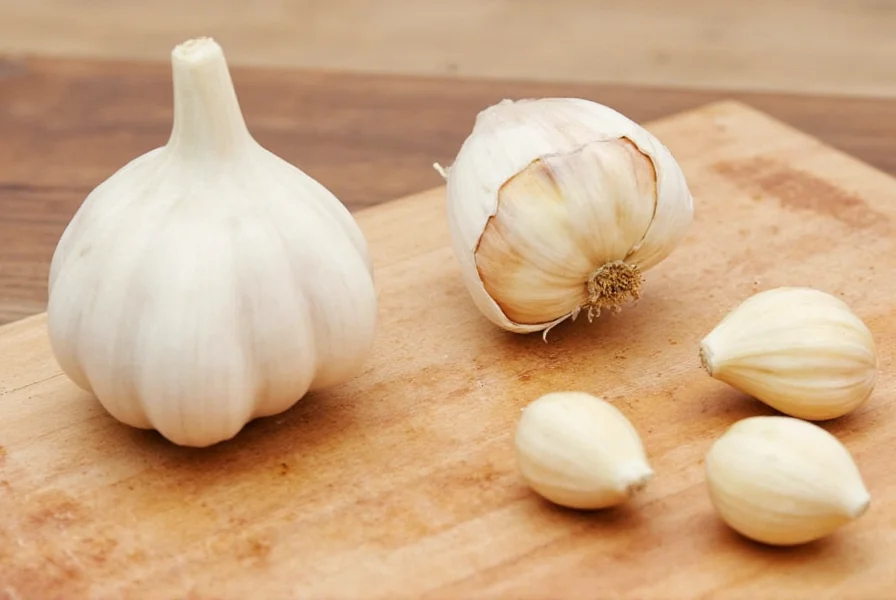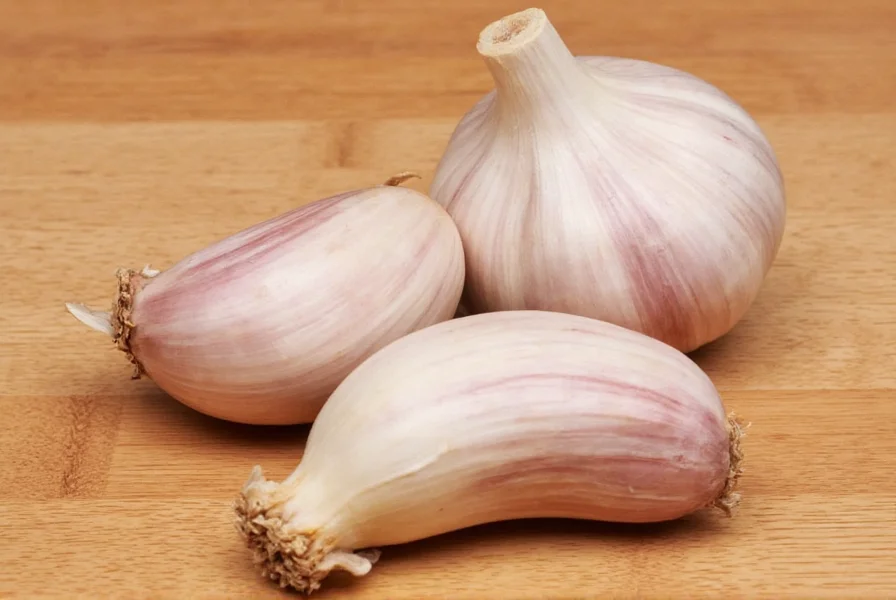Garlic transforms ordinary dishes into extraordinary culinary experiences, but only when properly prepared. Understanding how to crush garlic cloves correctly makes a significant difference in flavor extraction compared to chopping or slicing. This guide reveals professional techniques that home cooks can implement with basic kitchen tools to maximize garlic's aromatic potential.
The Science Behind Proper Garlic Crushing
When you crush garlic, you rupture the cell walls, allowing the enzyme alliinase to convert alliin into allicin—the compound responsible for garlic's pungent aroma, distinctive flavor, and numerous health benefits. This chemical reaction happens almost instantly but degrades quickly, which is why freshly crushed garlic delivers superior flavor compared to pre-minced alternatives.
Unlike chopping, which creates uniform cuts, crushing garlic produces an irregular texture that releases more flavor compounds while maintaining some structural integrity. This method works particularly well for dishes where you want garlic flavor to permeate without visible pieces dominating the dish.
Essential Tools for Crushing Garlic Cloves
While specialized garlic presses exist, you don't need expensive equipment to crush garlic effectively at home. Here are the most accessible options:
| Tool | Best For | Effectiveness |
|---|---|---|
| Chef's knife | Most cooking applications | ★★★★☆ |
| Garlic press | Quick preparation, sauces | ★★★★★ |
| Mortar and pestle | Pastes, dressings | ★★★☆☆ |
| Flat heavy object | Emergency situations | ★★☆☆☆ |
Four Proven Methods for Crushing Garlic Cloves
1. The Chef's Knife Technique (Most Versatile Method)
This traditional method requires no special tools and gives you complete control over the final texture:
- Peel the garlic clove (see tips below for easy peeling)
- Place the clove on a stable cutting board
- Lay the broad side of a chef's knife flat across the clove
- Apply firm, even pressure with the palm of your hand
- Press down until you hear a soft crunch and the clove flattens
- Scrape the crushed garlic into your dish
This approach for how to crush garlic without a press works because the broad surface area of the knife blade evenly distributes pressure, maximizing cell rupture while minimizing bruising that can create bitterness.

2. Using a Garlic Press (Most Efficient Method)
For those wondering how to crush garlic quickly, a garlic press delivers consistent results with minimal effort:
- Peel the garlic clove
- Place the clove in the press chamber
- Clean any residue from the press holes immediately after use
- Squeeze handles firmly until garlic extrudes through the holes
- Scrape the pressed garlic into your dish using the included cleaning tool
When selecting a press, choose one with larger holes (about 1/16 inch) for better flavor release. High-quality presses with stainless steel construction prevent garlic residue from sticking and make cleaning easier.
3. Mortar and Pestle Method (For Garlic Paste)
This traditional approach creates an exceptionally smooth garlic paste ideal for dressings and marinades:
- Place peeled garlic clove in the mortar
- Add a pinch of coarse salt (helps break down fibers)
- Grind in a circular motion with firm pressure
- Continue for 30-60 seconds until smooth paste forms
- Add a teaspoon of olive oil if needed to create emulsion
The salt acts as an abrasive that helps rupture more cell walls, while the circular grinding motion ensures thorough crushing without burning the garlic.
4. Alternative Household Methods
When specialized tools aren't available, these improvised techniques work surprisingly well for crushing garlic without special equipment:
- The Cup Method: Place peeled clove on cutting board, cover with a sturdy drinking glass, and press down firmly with palm
- The Spoon Technique: Use the bottom of a metal spoon to smash the clove against a hard surface
- The Cutting Board Trick: Place clove under cutting board and apply weight with your foot (carefully!)
Professional Tips for Perfect Garlic Crushing
Easy Peeling Techniques
Before you can crush garlic cloves properly, you need to peel them efficiently:
- Place cloves in a sealed container and shake vigorously for 10 seconds
- Soak cloves in warm water for 5 minutes to loosen skins
- Place clove on cutting board, lay knife flat over it, and give a quick tap
- Use the tines of a fork to separate skin from clove after smashing
Avoiding Common Mistakes
Even experienced cooks make these errors when preparing crushed garlic:
- Over-crushing: Creates bitter compounds—stop when garlic is flattened but still cohesive
- Using pre-minced garlic: Lacks fresh flavor and often contains preservatives
- Adding too early: Crushed garlic burns faster than chopped—add later in cooking process
- Not cleaning presses properly: Residual garlic turns bitter and affects future dishes
When to Crush vs. Chop Garlic
Understanding the difference between these techniques elevates your cooking:
- Crush garlic when you want intense, immediate flavor infusion (sauces, dressings, marinades)
- Chop garlic when you want visible pieces and more controlled flavor release (stir-fries, sautés)
- Use whole cloves when you want subtle background flavor (stews, braises)
For most Mediterranean and Asian dishes that call for "minced garlic," crushing provides superior flavor development while maintaining the intended texture profile of the recipe.
Storing Crushed Garlic Properly
Freshly crushed garlic loses potency quickly. For best results:
- Use within 10-15 minutes for maximum flavor impact
- If storing, mix with 1 part olive oil to 3 parts garlic in an airtight container
- Refrigerate for up to 3 days (never longer due to botulism risk)
- Freeze in ice cube trays with oil for longer storage











 浙公网安备
33010002000092号
浙公网安备
33010002000092号 浙B2-20120091-4
浙B2-20120091-4